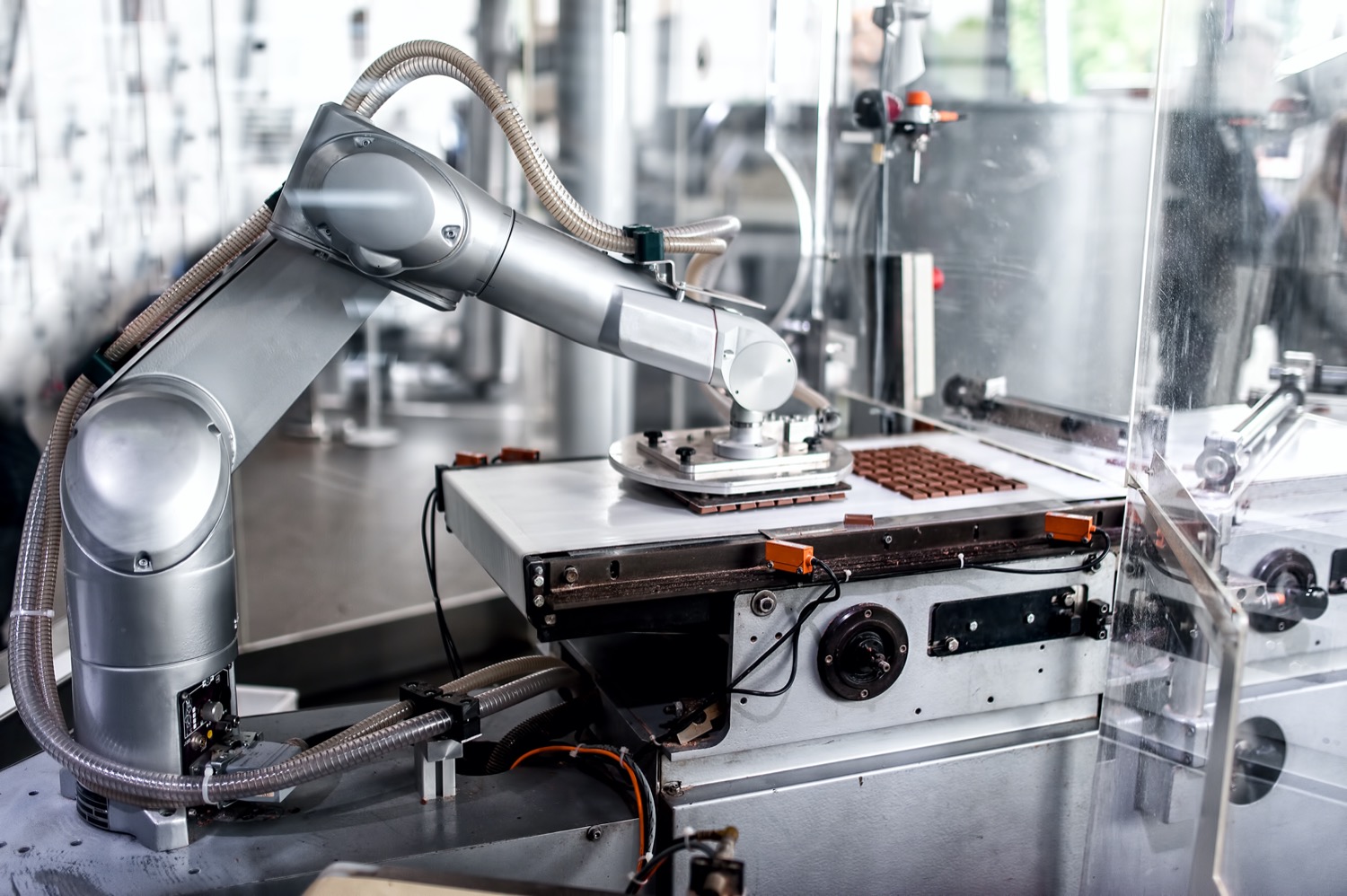Production Planning to Improve Your Operations

Production Planning involves determining the necessary production orders to meet customer orders or sales forecasts, planning the required inventory needs, and organizing production schedules for production resources. A detailed plan is prepared to achieve production goals economically, efficiently, and on time. This planning is done by forecasting the capacity of each production step. Production planning answers two main questions:
- Which job should be done on which resource?
- When should the job start?
Therefore, production planning decides on the timing and resources for production. It guides the direction. It is based on sales forecasts or actual orders and is a prerequisite for production control.
What Does Production Planning Aim For?
Production tracking systems have various purposes. These purposes include:
Effective Resource Utilization: Production planning aims for the effective use of resources, facility capacity, and equipment. This results in low production costs and high resource utilization for the organization.
Continuous Production Flow: Production planning ensures a regular and stable production flow where all machines are operating at maximum capacity. This results in regular production that helps provide customers with routine supplies.
Resource Capacity Planning: Production planning helps predict the utilization rate of existing resources. By planning production to meet sales needs, bottleneck resources are identified. Accordingly, decisions are made regarding outsourcing or shift scheduling.
Optimum Inventory: Production planning provides optimum inventory by preventing overstocking or understocking by indicating what should be produced when. Necessary stocks are maintained. Raw material inventory is kept at an appropriate level to meet production demands, and finished goods stock is maintained to meet regular customer demands.
Activity Control: Production planning helps coordinate the activities of different departments. For example, the marketing department coordinates with the production department to sell goods. This results in profit for the organization.
Material Conservation: Production planning minimizes raw material wastage by ensuring proper procurement of materials. This helps minimize raw material wastage and ensures the production of quality goods or materials, resulting in minimal losses, especially for perishable items. Therefore, proper production planning and control result in minimum material wastage.
Increase in Efficiency: Production planning increases labor efficiency by ensuring the efficient use of manpower. Efficient manpower utilization is ensured as the need for each worker group at each time interval can be seen in advance.
Increasing Market Share: Production planning helps deliver goods to customers on time, leading to the timely planning of a regular and quality production flow to meet the promised delivery time to customers. This allows the company to effectively compete and capture the market.
Efficient Working Environment: Production planning provides workers with a better working environment. Workers are satisfied with improved working conditions, appropriate working hours, pre-planned leaves, and holidays. They encounter increased production efficiency and market share with rising wages and other incentives. This is due to the company working much more efficiently compared to before.